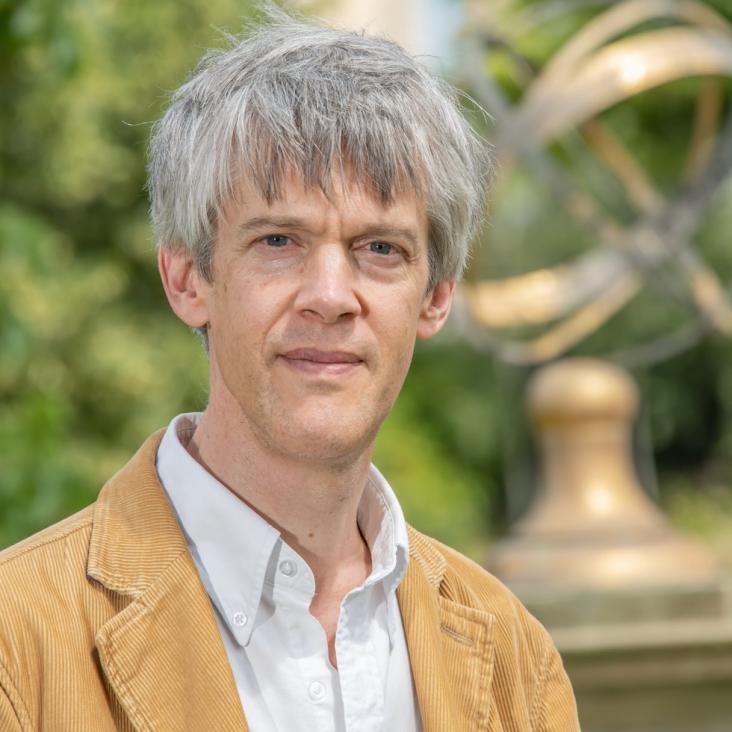Synchronous vegetation response to the last glacial-interglacial transition in northwest Europe
Communications Earth and Environment Springer Nature 3:1 (2022) 130
Abstract:
<jats:title>Abstract</jats:title><jats:p>The North Atlantic region experienced abrupt high-amplitude cooling at the onset of the Younger Dryas stadial. However, due to chronological uncertainties in the available terrestrial records it is unclear whether terrestrial ecosystem response to this event was instantaneous and spatially synchronous, or whether regional or time-transgressive lags existed. Here we use new palynological results from a robustly dated lake sediment sequence retrieved from lake Hämelsee (north Germany) to show that vegetation change started at 12,820 cal. yr BP, concurrent with the onset of changes in local climate. A comparison of the Hämelsee results to a compilation of precisely dated palynological records shows instant and, within decadal-scale dating uncertainty, synchronous response of the terrestrial plant community to Late-Glacial climate change across northwest Europe. The results indicate that the environmental impact of climate cooling was more severe than previously thought and illustrates the sensitivity of natural terrestrial ecosystems to external forcing.</jats:p>Intermittent non-axial dipolar-field dominance of twin Laschamp excursions
Communications Earth and Environment Springer Nature 3 (2022) 79
Abstract:
Geomagnetic excursions represent the dynamic nature of the geodynamo. Accumulated palaeomagnetic records indicate that such excursions are dominated by dipolar-fields, but exhibit different structures. Here we report a palaeomagnetic record from the varved sediments of Lake Suigetsu, central Japan, which reveals fine structures in the Laschamp Excursion and a new post-Laschamp excursion that coincides with the Δ14C maxima. The record’s high-resolution chronology provides IntCal20 mid-ages and varve-counted durations. Both excursions comprise multiple subcentennial directional-swings. Simulations of filtering effects on sediment-magnetisations demonstrate that this high-resolution record replicates most of the features in existing, lower-resolution Laschamp excursion records, including the apparent clockwise open-loop of the virtual geomagnetic pole pass. The virtual geomagnetic poles during the ‘swing’ phases make four clusters centred in hemispherically-symmetric regions, three of which encompass the virtual geomagnetic poles associated with the Laschamp Excursion recorded in lavas at various locations. The stationary dipolar-field sources under each cluster should have intermittently dominated one after another during the excursions.Middle Holocene hunter-gatherers of Cis-Baikal, Eastern Siberia: Chronology and dietary trends (vol 25, 100234, 2021)
ARCHAEOLOGICAL RESEARCH IN ASIA 29 (2022) ARTN 100346
Abstract:
The authors regret to inform that they have found a few incorrect numbers in Table 1 of the paper. The authors would like to apologise for any inconvenience caused.Radiocarbon dating from Yuzhniy Oleniy Ostrov cemetery reveals complex human responses to socio-ecological stress during the 8.2 ka cooling event
Nature Ecology and Evolution Springer Nature 6:1 (2022) 155-162
Abstract:
Yuzhniy Oleniy Ostrov in Karelia, northwest Russia, is one of the largest Early Holocene cemeteries in northern Eurasia, with 177 burials recovered in excavations in the 1930s; originally, more than 400 graves may have been present. A new radiocarbon dating programme, taking into account a correction for freshwater reservoir effects, suggests that the main use of the cemetery spanned only some 100–300 years, centring on ca. 8250 to 8000 cal BP. This coincides remarkably closely with the 8.2 ka cooling event, the most dramatic climatic downturn in the Holocene in the northern hemisphere, inviting an interpretation in terms of human response to a climate-driven environmental change. Rather than suggesting a simple deterministic relationship, we draw on a body of anthropological and archaeological theory to argue that the burial of the dead at this location served to demarcate and negotiate rights of access to a favoured locality with particularly rich and resilient fish and game stocks during a period of regional resource depression. This resulted in increased social stress in human communities that exceeded and subverted the ‘normal’ commitment of many hunter-gatherers to egalitarianism and widespread resource sharing, and gave rise to greater mortuary complexity. However, this seems to have lasted only for the duration of the climate downturn. Our results have implications for understanding the context of the emergence—and dissolution—of socio-economic inequality and territoriality under conditions of socio-ecological stress.Freshwater reservoir effects in Cis-Baikal: an overview
Archaeological Research in Asia Elsevier 29 (2021) 100324


